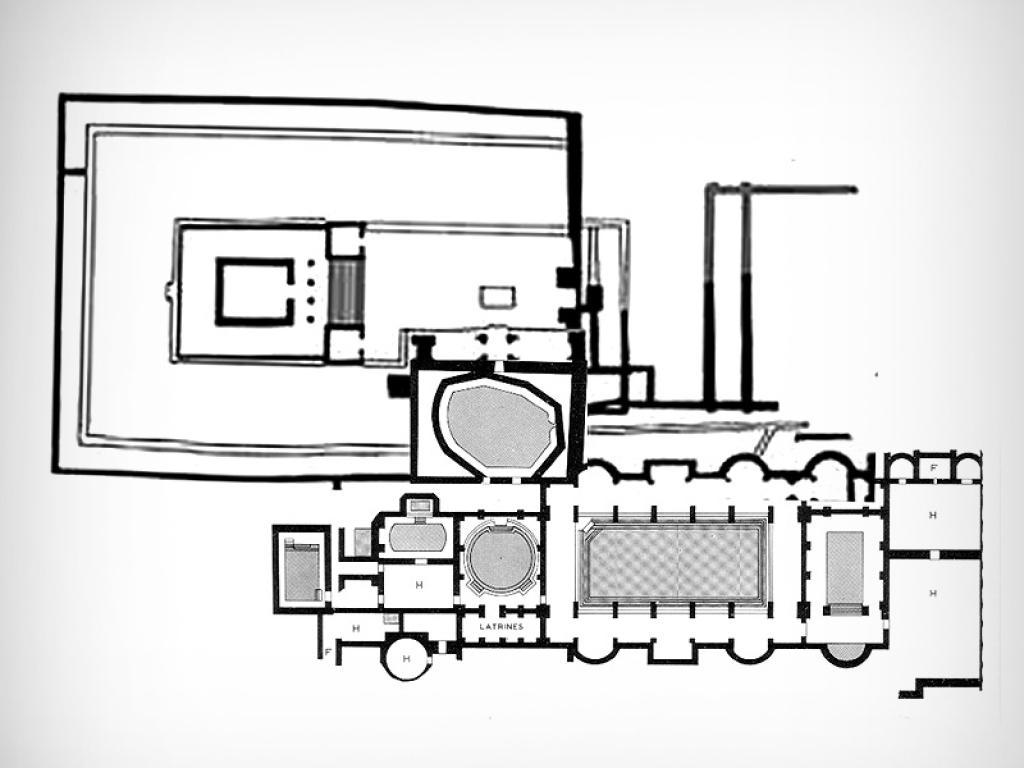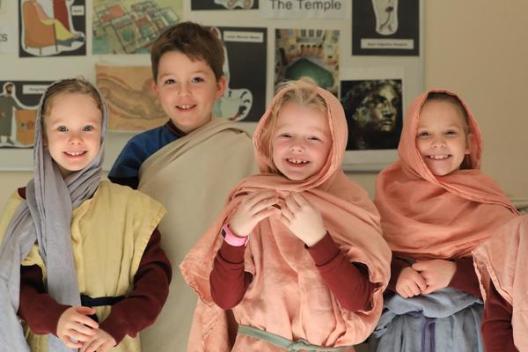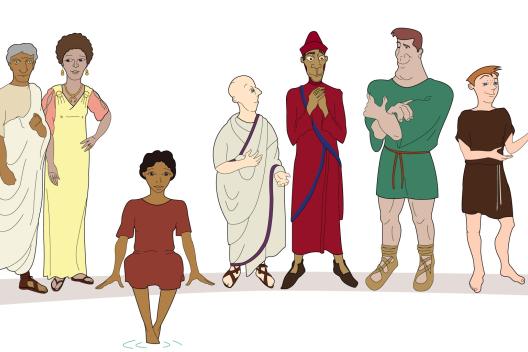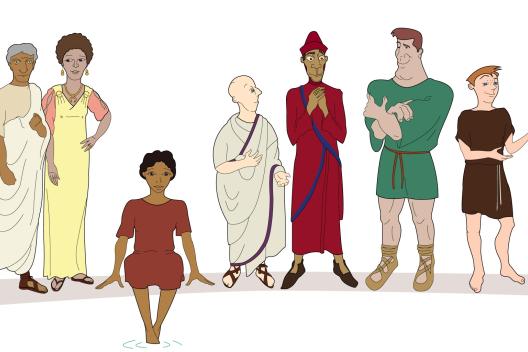Find out about what was happening at the Roman Baths site over the last 7000 years and the evidence (archaeological finds, maps and documents) which help us to understand what was going on.
Plan of Roman Baths and Temple
Here is a plan of the Roman baths and Temple site in the 4th century A.D.
- The Temple stands in the courtyard at the top left side of the plan.
- The Sacred Spring is shown in the middle of the site.
- The bath house is at the bottom right of the plan.

|
Date |
What was happening at the site? |
How do we know? |
|
5000 B.C.
|
People hunted near the Spring. |
|
|
100 B.C.
|
We think that Iron Age people worship Sulis. |
We have found their coins that they threw into the Spring. |
|
50 A.D.
|
Romans come to Bath. |
We have found coins of this date. |
|
500 A.D.
|
Roman buildings collapse. |
We have found the remains of the fallen buildings. |
|
675 A.D.
|
Saxons build a church near the site. |
We have found their skeletons. |
|
1100 A.D
|
The Spring becomes important for healing again. |
There are written documents and maps. |
|
1727 A.D.
|
Minerva's Head and parts of the Temple are found. |
We have records of the discoveries including newspaper reports. |
|
1880 A.D.
|
The Baths are discovered. |
We have photographs and letters recording the discoveries. |
|
1981 A.D.
|
Archaeologists excavate the Temple courtyard. |
We have their reports and photographs as well as the Roman things they found. Some of the people who excavated the Temple can talk to us about what they found. |
|
Present day |
There is still a lot more we can discover about the Roman Baths and Temple and the town of Aquae Sulis. |
|









